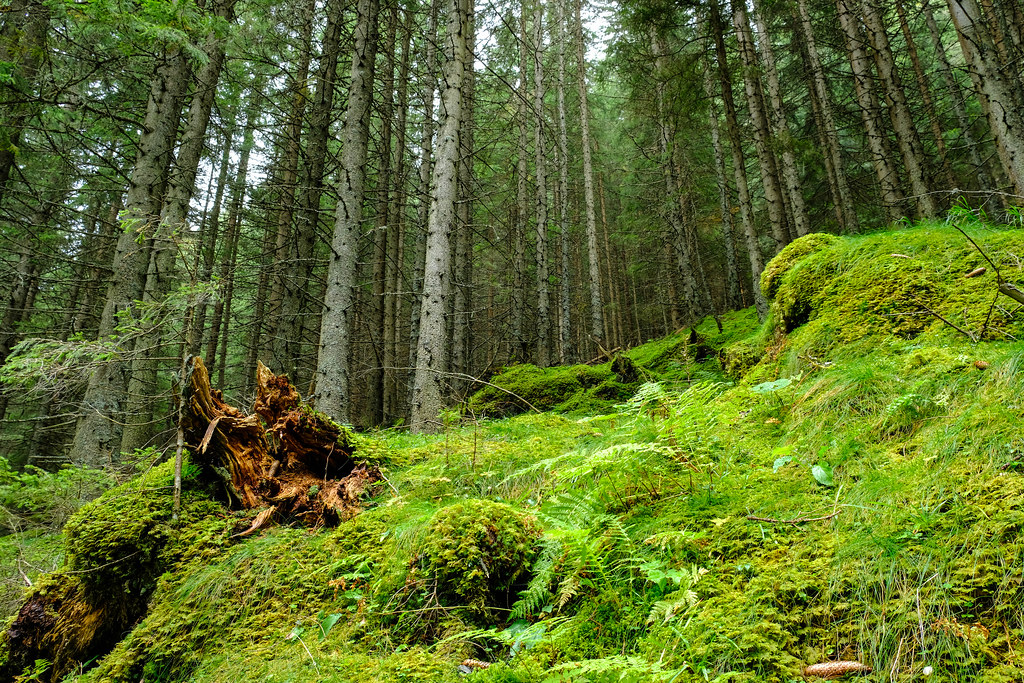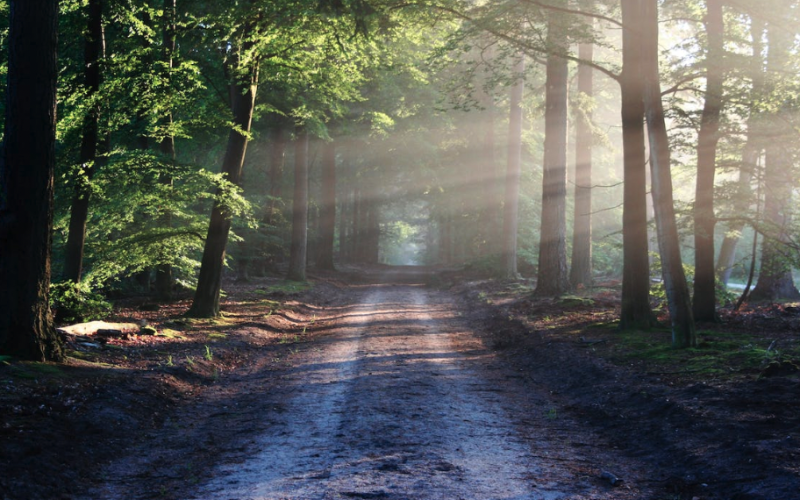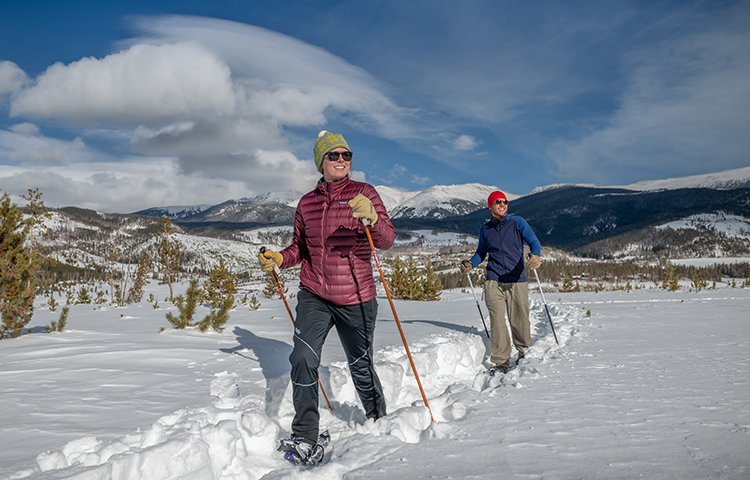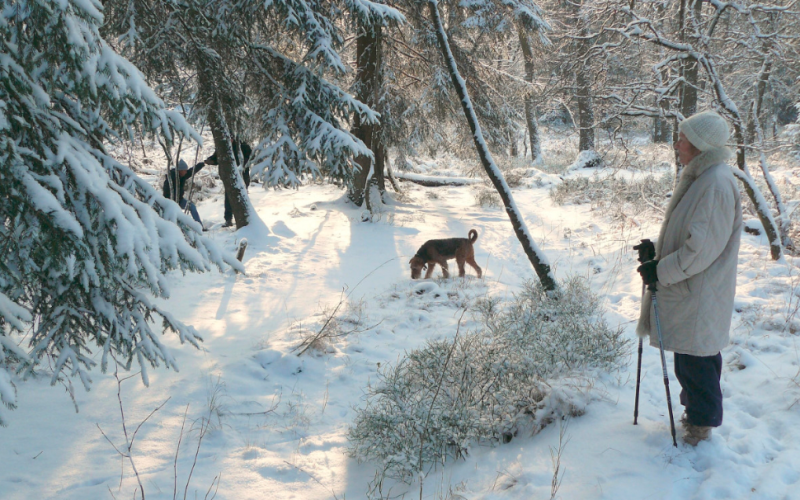Setting off into the wilderness to get a dose of nature has long been a form of ritual, journey, or recreation. In that time spent out in nature, your stress about the things you’ve left behind seem to dissipate and become meaningless.
This apparent feeling has received numerous backings by scientific studies over the years, leading to programs based in the outdoors. Mental health outdoors and trends of going out to heal your mind have skyrocketed.
From the Japanese “shinrin-yoku” (forest bathing) to wilderness therapy, there’s a variety of different ways people have taken to the outdoors to seek relief from the stress and anxiety they may experience on a day to day basis. A study from Harvard takes it to a simple format and says that a measly 20 minutes outside is enough to reduce cortisol, aka stress, levels.
We’ll look at the different benefits that the outdoors can have on mental health, as well as different ways to practice it. It’s not always easy to just go on a walk, but when you know what it does to your brain, it becomes a bit more desirable.
Table of Contents
Cognitive Benefits
Time spent engaging with nature has shown to bring about a tremendous level of cognitive benefits. Most of all, time in nature shows an increase in directed attention, or one’s ability to focus.
Your brain is dealing with a lot. Throughout the day, you may be working, playing, or simply relaxing, but the brain is always taking things in from your surroundings. There’s a certain level of attention that your brain can manage over time. It takes distractions in, and it has to work hard to ignore those and stay focused on a task.

As the day goes on, your brain’s ability to hold back and restrain itself from giving into distractions decreases. Studies performed on a short time in nature have proven to help restore the brain’s capacity for directed attention.
What this all means is that when you start to feel that slump in the middle of the day, you’re not alone. Everyone’s brains are struggling to stay focused, especially after eating lunch. One of the best ways to restore that energy to the brain is a short walk in nature, or even just having lunch outside in a green space.
Even children that have been diagnosed with ADHD have seen positive changes when increasing their time spent in nature. There’s a powerful connection between the brain and natural spaces.
Nature’s Influence on Mood
Stress, anxiety, and depression are all far too common in our modern world. There’s a correlation between our time spent inside and behind a screen with the rise in diagnoses of these different conditions. Whether it’s a direct causation, who’s to say?
What we do know is how nature can have a huge sway over your mood depending on how much time you spend engaging with it.
It’s important to note that stress, anxiety, and feeling down are all a part of life. They’re going to happen, no matter how much time you spend outside. You could live underneath a giant oak and slowly become the modern Buddha, but even he hurt sometimes.

For starters, time spent in nature, or even looking at natural landscapes, helps to reduce levels of fear, stress and anger all while increasing more pleasant feelings. Part of this is intertwined in how it lowers your heart rate, blood pressure, and the production of stress hormones.
Studies performed on people that were feeling depressed, stressed, or anxious have shown that over 95% of the participants come out feeling more positive than going in. Some studies go as far as to say that a single plant in your room can help to alleviate these negative feelings, so think about the power of an entire forest!
You don’t have to be stressed or anxious to reap the benefits of going outside. Evidence has associated nature with:
- Increased levels of happiness
- Increased Well-being
- A more positive affect
- Positive social interactions
- A greater sense of meaning and purpose in life
Human-Nature Connection
The connection between humans and nature has been looked at for years by researchers. There’s something there, deep inside of us, that we have forgotten about through the development of technology.
EO Wilson’s biophilia hypothesis claims that humans have an innate need for nature. Without it, we don’t function in the ways in which we were meant to. It’s only when this is reintroduced into our lives that we can reach our full potential.
It sounds a bit hippie-dippie, right? But the science is all there. Time after time scientists have tried to tell us to go outside, that we’ll be happier when we do, and our screens are making it that much harder.
So, what’s the deal?
Many will argue that we’ve lost our connection to nature. When that’s reformed, we can find ourselves reaping all of the benefits and actually dreaming of that time outside, feeling unable to wait for it after a long work day.

Even a feeling of being connected to nature while at your desk has significant benefits. People who identify as having a greater connection with nature also have a greater eudaimonic (or internal) well-being. It means, we don’t rely on external people or experiences to make us happy. Being connected to nature can allow us to feel happier just by being ourselves.
Increasing your connection to nature is as easy as increasing your time spent outside. Even two hours per week is enough to get that relationship re-established and back to a healthy state.
Ways to Get Outside
Great, getting outside is really good for you in a host of different ways. What do we do now?
For many who don’t typically recreate outside or spend any time at all in natural spaces, it can be tricky to know exactly how to get out and reap the benefits that everyone else is already finding.
Fortunately, there are a lot of ways to experience nature. One of the best parts is, urban environments with small green spaces have been shown to be just as effective as vast wilderness areas. So, no matter where you are, it’s likely that you can find a local park without having to worry about driving up a mountain and down a 4×4 track just to feel happy again.
Your first priority is leaving your phone at home. Since we have become so reliant on and addicted to our screens, leaving your phone behind is crucial. It removes the temptation to pull it out and look at Instagram rather than the trees in front of you. If it’s necessary for safety, turn it off and store it in a bag rather than your pocket so the temptation is gone.
Then start by going out your front door. Taking a walk in the fresh air is a great start to finding more green spaces. If you live in the heart of New York City, you’ll likely need to walk further than others to find a green space. If you’re stuck in the heart of the concrete jungle, you may need to get a bike.
Ride your bike. Riding a bike isn’t just a great workout, it can be viewed as both time spent in nature and a healthy way to get to green spaces that are a bit further from home. If you end up loving it, mountain biking is a fun activity that will get you into natural spaces and weaving through trees on singletrack trails.
Try forest bathing. Forest bathing, the Japanese “shinrin-yoku”, is a simple version of going outside. Find a green space that you enjoy or is close to home and go there. Part of forest bathing is also setting an intention for your time in the woods. You can make this as simple as “feeling less stressed” or just “spending time outside” for starters. Once you’re in the woods, hang out and breathe. Spend as much time there as you can before returning to the hustle and bustle of life.
Take up gardening. Creating a small garden outside of your house is a great way to have consistent interactions and engagements with nature. You’ll need to get down in the dirt and actually experience nature, even if you have a hand in controlling it. Plus, it’s going to be right outside your house and you’ll find it easy to get to.
Fun fact: microbes in the soil stimulate serotonin production. Simply put, getting dirty literally makes your brain happy.
Go have a picnic. Time in nature doesn’t need to be spent moving around or hiking strenuous mountains. You can still get a lot of the benefits of nature just by being out there and looking at it. Bring your friends out to the park and have a picnic, or just bring a book and sit there.
Bring nature inside. If getting outside just isn’t an option, bring nature to you. Fill your house with plants and images of nature. While this isn’t as beneficial as getting outside, it can still increase mood and reduce overall stress. The key here is to still try and interact with the plants or look at the pictures to allow for the relaxation to happen.
You can find a good assortment of outdoor gear on the Everest Outdoor Marketplace. New products from new sellers are being added daily









